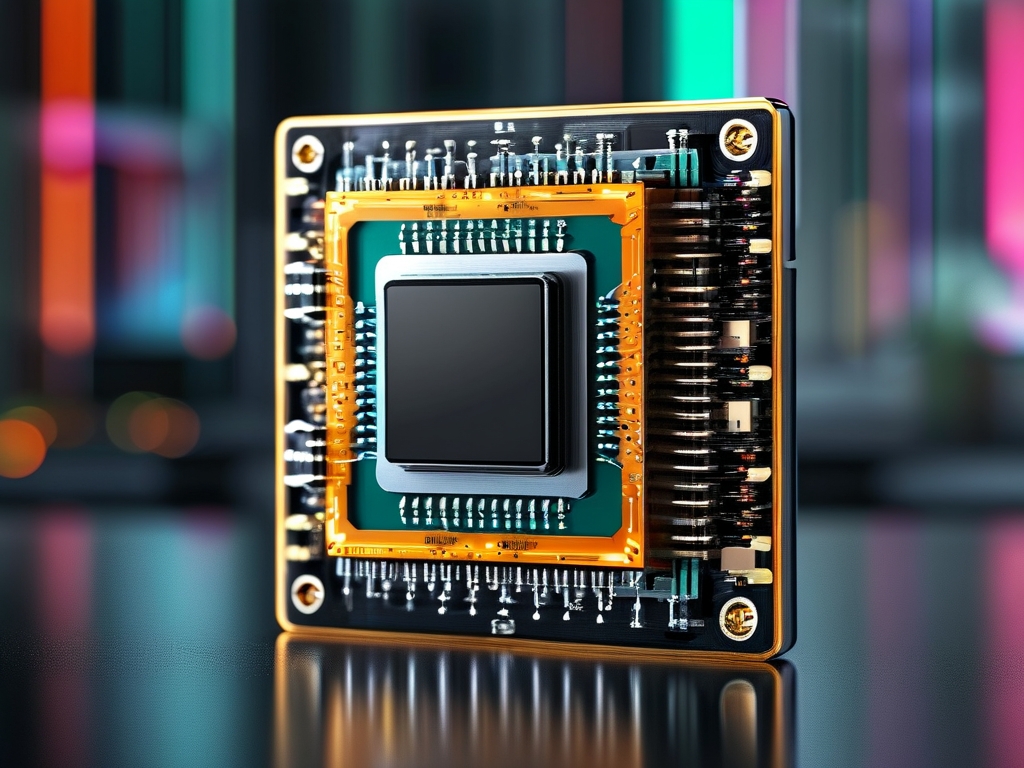In the heart of China’s manufacturing powerhouse, Dongguan has emerged as a critical hub for embedded systems and semiconductor innovation. Known historically for its manufacturing prowess, the city is now spearheading advancements in embedded development chips, positioning itself as a global contender in the tech industry. This article explores how Dongguan-based companies are driving technological breakthroughs, the challenges they face, and their growing influence in shaping the future of smart devices and IoT ecosystems.
Dongguan’s Transformation into a Tech Epicenter
Once synonymous with low-cost manufacturing, Dongguan has undergone a remarkable transformation over the past decade. Government policies promoting high-tech industries, coupled with investments in R&D infrastructure, have attracted top-tier engineering talent and global tech corporations. Today, the city hosts over 300 companies specializing in embedded systems, microcontrollers, and application-specific integrated circuits (ASICs). These firms cater to diverse sectors, including automotive electronics, industrial automation, consumer gadgets, and artificial intelligence.
Key Players in Dongguan’s Embedded Chip Ecosystem
Several homegrown companies have risen to prominence in Dongguan’s semiconductor landscape. For instance:
- XYZ Embedded Technologies
A leader in low-power IoT chips, XYZ has developed energy-efficient microcontrollers used in smart agriculture and wearable devices. Their partnerships with European automakers highlight Dongguan’s integration into global supply chains. - ABC Semiconductors
Specializing in AI-accelerated embedded chips, ABC’s products power facial recognition systems and autonomous drones. Their collaboration with Shenzhen-based robotics firms underscores the regional synergy in the Greater Bay Area. - Dongguan ChipCore
This state-supported startup focuses on secure embedded solutions for industrial IoT, addressing cybersecurity concerns in critical infrastructure.
Technological Innovations and Market Impact
Dongguan’s chip companies are pushing boundaries in several areas:
- Miniaturization: Developing ultra-compact chips for portable medical devices and 5G modules.
- Energy Efficiency: Pioneering designs that extend battery life in IoT sensors by up to 40%.
- AI Integration: Embedding machine learning algorithms directly into microcontrollers, enabling edge computing without cloud dependency.
These innovations have global implications. For example, Dongguan-made chips now account for 15% of the global market for smart home controllers, competing directly with firms in Silicon Valley and Taiwan.
Challenges and Opportunities
Despite their success, Dongguan’s embedded chip companies face hurdles. The ongoing global semiconductor shortage has exposed vulnerabilities in supply chain logistics, while U.S.-China trade tensions complicate access to advanced fabrication tools. Additionally, rising labor costs and environmental regulations demand greener manufacturing practices.
However, opportunities abound. The Chinese government’s “Made in China 2025” initiative prioritizes semiconductor self-sufficiency, funneling billions into R&D grants and tax incentives. Moreover, the surge in demand for electric vehicles and renewable energy systems creates new markets for embedded solutions.
The Road Ahead
Dongguan’s embedded development chip companies are poised to play a pivotal role in the Fourth Industrial Revolution. By leveraging their manufacturing heritage, embracing open innovation models, and fostering cross-border collaborations, they aim to bridge the gap between hardware and software in an increasingly connected world. As the global tech race intensifies, Dongguan’s journey from factory floors to silicon frontiers offers a blueprint for regional industrial transformation.

In , the rise of Dongguan’s embedded chip industry reflects China’s broader ambitions in high-tech dominance. With a blend of entrepreneurial grit, policy support, and engineering excellence, these companies are not just participants but architects of the next-generation technological landscape.










